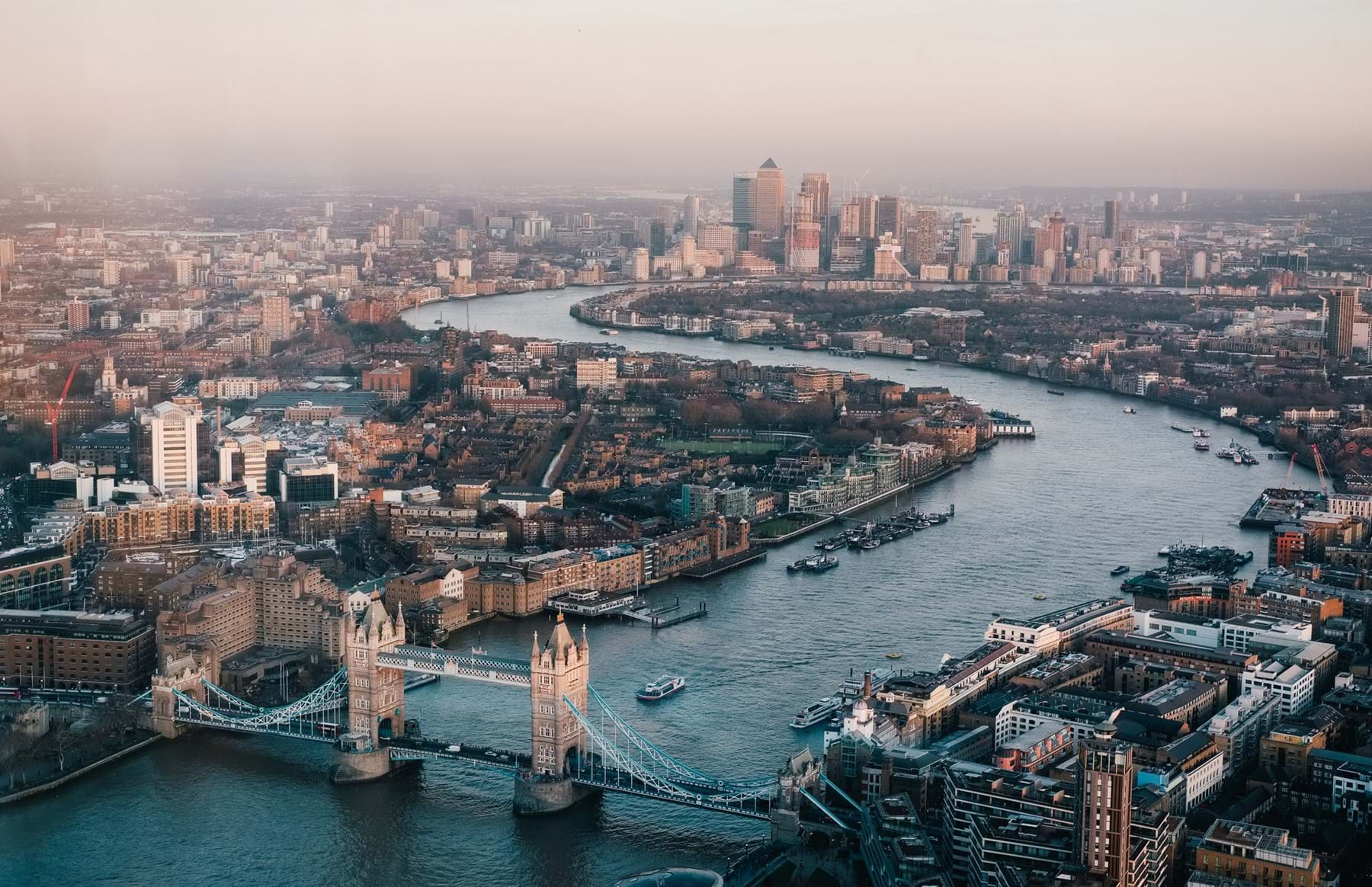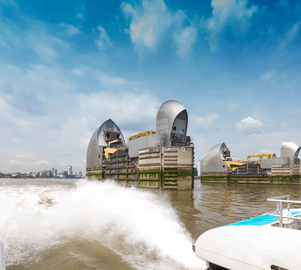
At over 215 miles long, the river Thames is a predominant part of London, and it’s practically bursting at the seams with history! In this article, explore the history of the river Thames and discover how to explore London by river.
Roman Britain and the River Thames
River Thames history begins as far back as Roman times. In 43AD The Romans invaded England, landing in Kent and sailing up the river Thames. They soon discovered that the Thames would be a great opportunity to transport goods from the continent, so they created a settlement on the north bank of the river called ‘Londinium’.
To ensure they had easy access to the North and South of the country, they created the first ever bridge to cross the Thames (near where London Bridge is today) made entirely of wood – allowing their soldiers to easily cross the river.
This settlement was pivotal to the invasion of Britain and became a major port for the Romans, allowing them to import goods from the Mediterranean as well as offering them a variety of different travel routes.


The Great Stink
After the demise of Roman Britain, the river Thames became a common trade route for goods and people throughout different periods of history, including the Vikings, Saxons, Normans and Tudors. However, this came at a cost; the river quickly became filled with rubbish and the lack of sewerage systems meant that toilet waste was also being flushed directly into the Thames.
As this accumulated over time, the smell got progressively worse. It was so unbearable that parliament was suspended in 1858 so they could come up with a plan to tackle the problem.
As well as the smell, there was also a problem with the city’s water quality. Residents of London would get their water from wells and standpipes, however, the lack of filtration and sanitisation led to an outbreak of Cholera in the 1840s and 50s.
To tackle these problems and improve the sanitisation of the river and the water supply, the first sewer system was built between 1859 and 1865, and the first water filtration system was built in 1869.
The Port of London Authority
To house the first London sewer network and help with congestion problems, the Victoria, Albert and Chelsea embankments were built. This helped to improve the sanitation of the river Thames but in the early 20th century the river's cleanliness started to deteriorate.
In 1909, the Port of London Authority was created to oversee and manage the commercial and leisure activity on the river, keep everyone safe, and protect and preserve the environment. New rules and regulations were put in place to improve the quality of the Thames which included:
- Toxic and non-biodegradable waste will not be dumped in the river
- The river must support living creatures and fish
These rules and regulations are responsible for the variety of animals that live in and around the Thames today, including seals!

The Thames Barrier
In 1953 a big storm caused a devastating flood in London, causing around £5 billion worth of damage (in today’s currency) and killing over 300 people. This forced the city to rethink its flooding strategies to prevent an event like this from happening again.
Taking over 8 years to construct, the Thames Barrier is based near Woolwich in South London and consists of 10 solid steel gates that are over 20 meters tall, covering around 520 meters of the river Thames.
In the event of a storm, all the gates close and seal the upper portion of the river to prevent any floods. Each gate can endure 9000 tonnes of water and the gates are only reopened when the water level downstream matches the river level at the barrier.
Thanks to this barrier, areas within central London are protected from flood damage including the Houses of Parliament, West Ham and the O2 arena.
The River Today
The history of the Thames has had a monumental impact on what the river is used for today. Thanks to the environmental changes, the river is now home to 120 different species of fish as well as other animals and provides London with 90% of its water.
The Thames is home to the UK’s second largest port dealing with more than 40 million tonnes of cargo every year. The river has also become a common way to travel through London, especially with our popular River Bus service.
Time to plan your next adventure
The Thames is also the perfect way to explore all the marvellous sights of London. What could be better than gliding up and down the river and experiencing the iconic London skyline from the river?
Uber Boat by Thames Clippers offers River Bus services taking Londoners and visitors from A to B across London as well as dedicated river boat tours to experience the sights of London.
Enjoy the major tourist spots of the capital with The View from The River tour, or check out London by night with the Illuminated River Boat Tour and sail under London’s famous bridges lit with LED lights as part of the Illuminated River project – the world’s longest public art commission.
The River Bus service stops at 24 piers across London; to go from A to B buy a single ticket or buy a River Roamer for all-day unlimited travel across the network. Flexible and season tickets also available!
